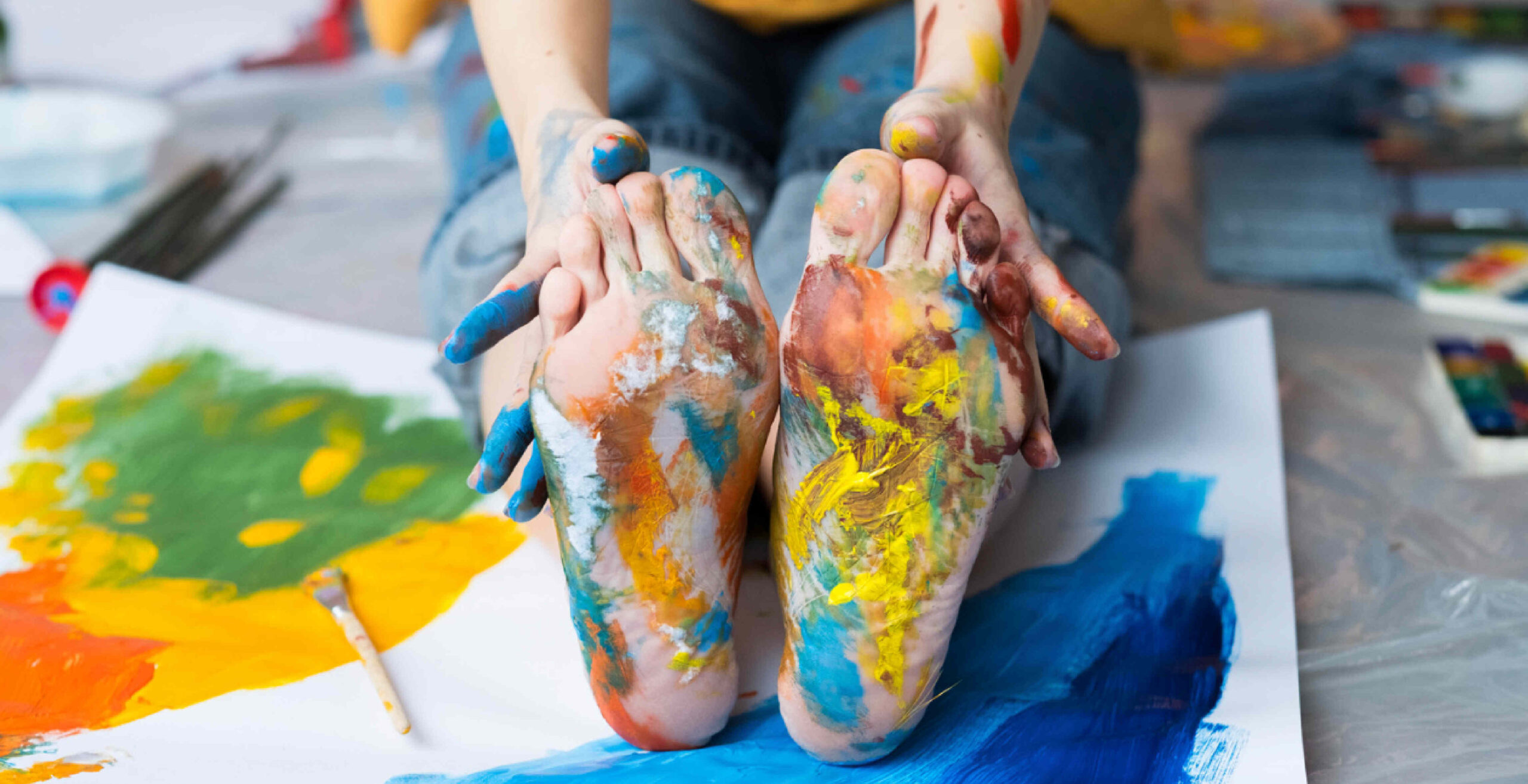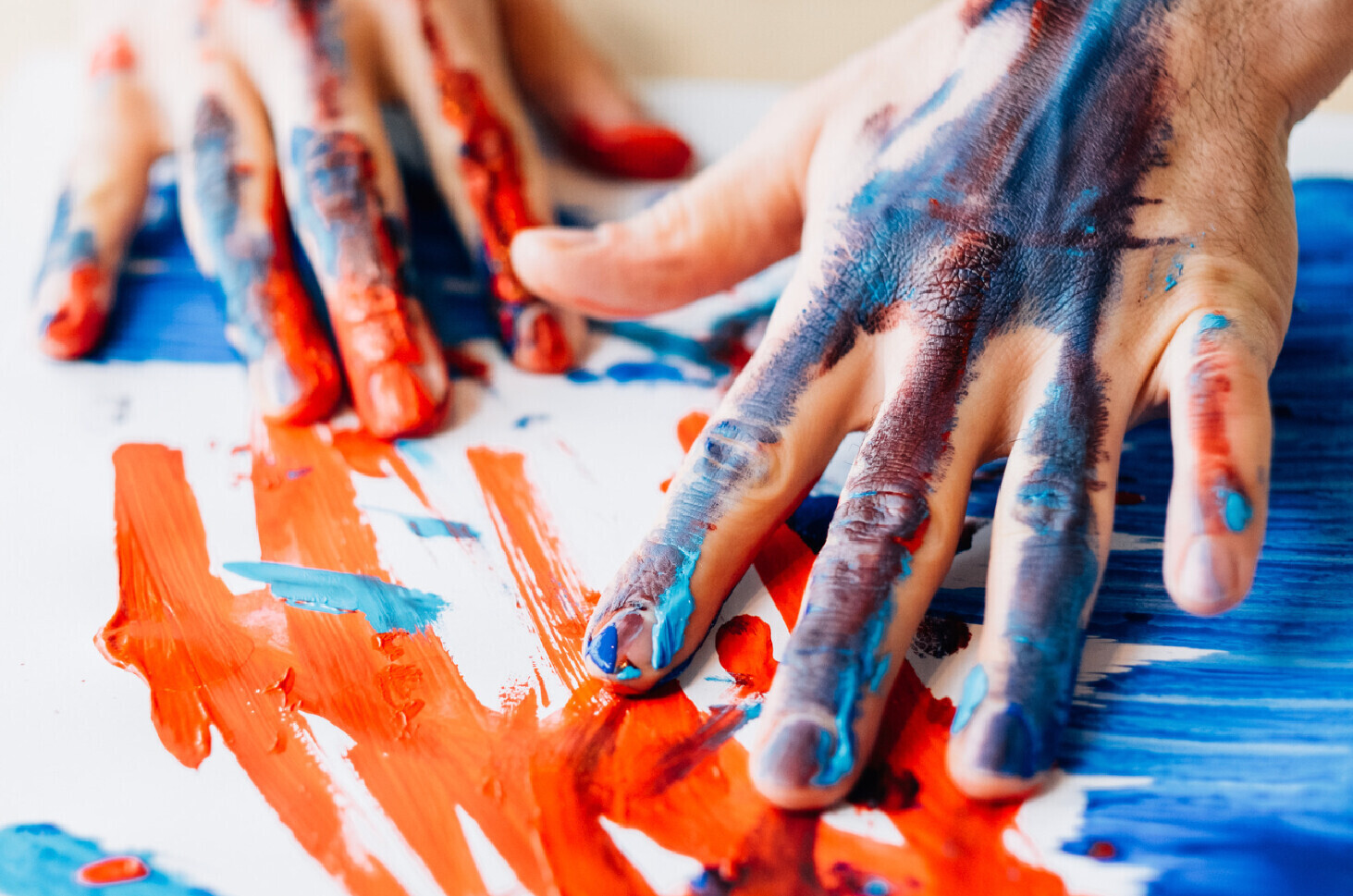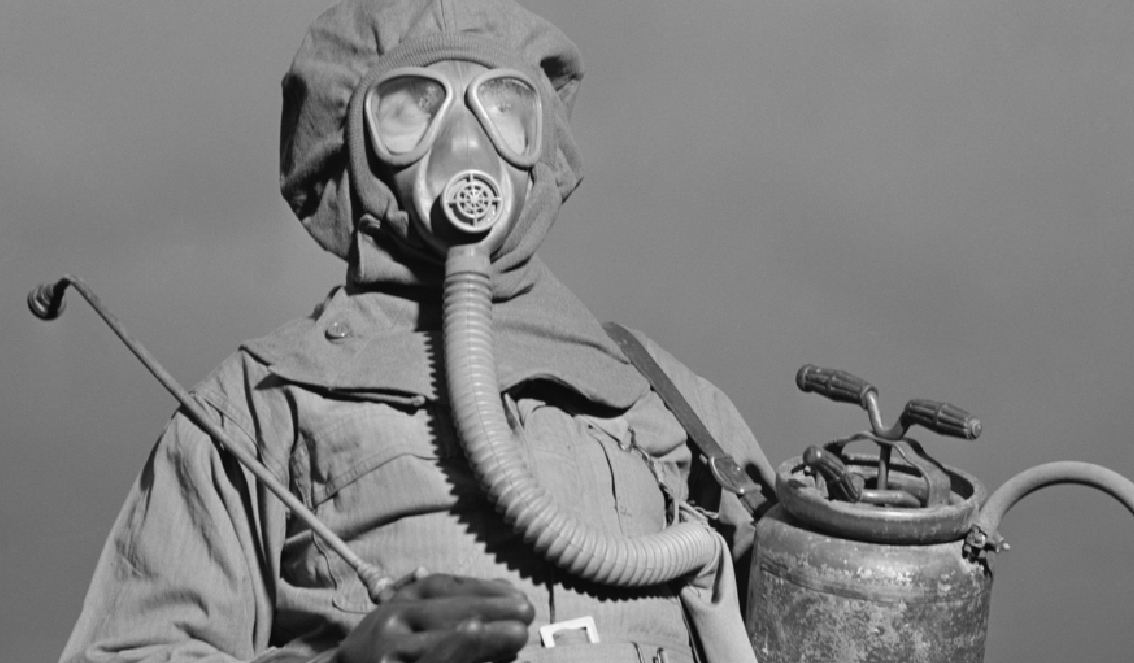Why Art Therapy Triumphs Where Others Fall Short
by Shawn Toh June 26, 2023

How can art therapy benefit your emotional well-being and promote self-discovery? Art has long been recognised as a powerful form of self-expression and a means of communication. However, it’s not just limited to creating beautiful pieces; it can also be a therapeutic tool. Art therapy is a creative approach that combines psychology and art to promote emotional well-being, self-discovery, and healing.

#1 — Communicating Emotion
In the realm of Emotional Expression and Communication, art therapy provides a safe and non-verbal outlet for individuals to express their emotions. Through art-making, individuals can symbolically convey their thoughts, fears, and desires, facilitating communication and releasing pent-up emotions.
#2 — Case Studies
After World Wars I and II, the therapeutic value of creative expression for traumatized soldiers was recognized. Art therapy, alongside other creative therapies, helps reduce PTSD-related impairment through emotional expression, memory integration, and sensory-verbal memory reintegration. Art therapy bypasses avoidant coping strategies, making it effective in group therapy for military PTSD populations.

Lobban’s case study highlights how art therapy can restructure cognitive distortions and trauma narratives, restoring hope and personal agency. Additionally, art therapy addresses secondary symptoms of PTSD, such as guilt and shame, often represented in mask imagery and associated narratives. His reports and psychometric measures suggest decreased anxiety and improved overall resilience.
#3 — The Basics of Art Therapy: Practice and Simple Steps
1. Set Up a Creative Space:
-
- Dedicate a quiet and comfortable area at home for your art therapy practice.
- Gather art materials that you enjoy working with, such as sketchbooks, paints, or crafts.
2. Create with Intention:
-
- Approach your art with mindfulness, focusing on the present moment.
- Allow yourself to explore your thoughts and emotions through creative expression.
3. Choose Art Forms that Resonate:
-
- Experiment with different art forms to find what resonates with you.
- Whether it’s painting, drawing, writing, or dancing, pick what feels right.
4. Embrace Imperfection:
-
- Remember that art therapy is about the process, not the end result.
- Let go of any self-judgment and embrace the imperfections in your creations.
5. Reflect on Your Art:
-
- Take time to reflect on the emotions and thoughts that arise during art-making.
- Consider what your art might symbolize or represent in your life.
6. Use Art as a Journal:
-
- Incorporate art journaling to document your feelings and experiences.
- Express yourself freely through visuals and words.
7. Engage in Self-Care:
-
- Use art therapy as a form of self-care and stress relief.
- Turn to your creative practice during challenging times for comfort.
8. Celebrate your progress:
-
- Recognize and celebrate the insights and personal growth you experience.
- Be kind to yourself throughout your art therapy journey.

#4 — Time to break the shackle!
We invite you to join our art workshop and experience the transformative power of creative expression. Through painting, drawing and other art forms, our therapeutic sessions foster personal growth and enhance overall well-being. Discover the healing potential of art as you engage in a safe and non-judgmental environment, allowing you to explore emotions and experiences freely. Unlock new insights and find empowerment as you immerse yourself in this unique and beneficial journey of self-discovery.
. . . . .
